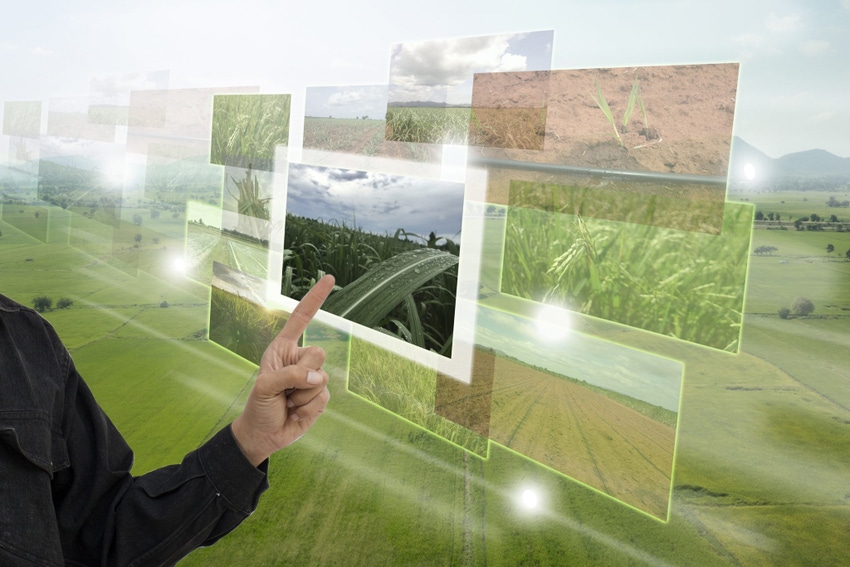A new generation of cellular gateways has entered the market and is impacting the agriculture industry.
January 18, 2018

By Michael Morscher, Daniel McCormack
Advances in sensing technology over the last 30 years have allowed for widespread collection of agricultural data on farms large and small. This data holds the power to provide tremendous insight into environmental trends and needs, but it can only be truly unlocked with immediate access to data. Simply put, there is value in analyzing data to understand crop health history, but being able to act on this knowledge in real time to resolve unhealthy conditions has unparalleled value for farmers.
But how do you provide connectivity in exposed remote environments? For farmers who have suitable but disconnected sensing equipment already deployed in the field, connectivity should not have to come at the expense of installing an entirely new system of sensors.
Synthesizing a Remote Monitoring Solution
A new generation of cellular gateways has entered the market, along with the Internet of Things revolution, with applications no longer limited to indoor industrial networking. Cellular gateways are peripheral devices, often powered by integrated batteries, that interface with third-party sensors and transmit data measurements over a cellular network. Just by definition, two of the largest barriers to agricultural connectivity are eliminated: the lack of wired power and the lack of wired or wireless Internet in the field.
Under their own power, cellular gateways can transmit a farm’s agricultural sensor readings as decryptable text messages to a cloud server, accessible from anywhere with an online login. In terms of logistics, cellular gateways are an optimal solution leveraging existing infrastructure for minimal reengineering and maintenance. New generation gateways also offer weatherproof enclosures designed to tolerate unmonitored outdoor deployments, making them an easy retrofit to existing agricultural sensors without a required system redesign or reconfiguration.
Cellular Gateways in AgTech
While measurement histories can allow farmers to learn from the past, only present readings hold actionable impact. High-precision sensors can record quality data for temperature, nutrient levels, soil moisture, pH, air permeability and countless other metrics. In reality, any readings that are not current are quickly irrelevant. When investment has already been made to know these metrics to multiple decimal places, it only makes sense to augment the sensing solutions with the ability to automatically export data for remote access. This is the essence of the role of a scalable cellular gateway model.
When agricultural measurements are taken in a gateway-oriented deployment, data is sent to the cloud at regular intervals instead of residing on the sensing device itself. The obvious benefit is remote data access, but there are two notable “hidden” benefits, as well: visualization and analysis. Both transform numbers into meaning, and are simply impossible without cloud hosting due to restraints in interfaces and processing of the actual sensing units. Of any industry, visualization and analysis are able to enhance agriculture due to the nature of the data being collected. Measurements and sensors can be correlated to their actual spatial positions in the field, and conditions that require attention are instantly salient instead of hidden in a mountain of data. Additionally, projections can be generated based on past and current measurements to yield advanced insight into crop health and offer opportunities for optimization.
The potential of cellular gateways in outdoor remote monitoring applications is rapidly being realized, and now is the time to take advantage of this technology class. In agriculture specifically, the opportunity is striking—that of a new kind of data “harvesting.”
You May Also Like
.jpeg?width=700&auto=webp&quality=80&disable=upscale)
.png?width=700&auto=webp&quality=80&disable=upscale)



.png?width=300&auto=webp&quality=80&disable=upscale)
